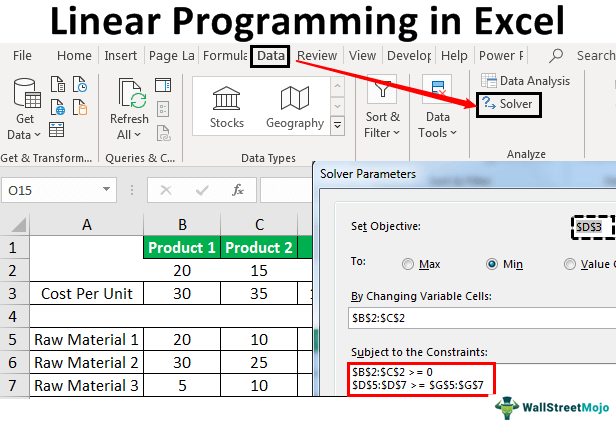

To learn more about Solver and other advanced Excel features, check out our Excel courses section for detailed and high-quality guides.įor more information, please check out the following link:ĭummies – How to Use the Excel 2019 Solverįor more, quick Excel tips, take a look at these free resources from Simon Sez IT. Also, if you need to make a change to a constraint before you begin solving, select the constraint in the Subject to. The Solver is used to solve more complex linear programming problems. You can add a maximum of 100 constraints. You can add more than one constraint into Solver to achieve the results you are looking for. This is just one (simple!) example of how to use the Solver add-in to solve problems and achieve the optimum result. This is just a quick guide to get you started with the solver feature. Voila! You have successfully solved your equation in Excel using the Solver Excel Solver-Closing thoughts Study Details: Solver is a Microsoft Excel add-in program you can use for what-if analysis.Use Solver to find an optimal (maximum or minimum) value for a formula in one cell called the objective cell subject to constraints, or limits, on the values of other formula cells on a worksheet. Solver will be used to find the maximum value of the target cell (the product in B8). Define and solve a problem by using Solver. Set the constraint for your variables or set global constraints. Jon explains how to use the Solver add-in with Excel VBA. All spreadsheet programs include common functions that can be used for quickly finding the sum, average, count, maximum value, and minimum value for a range. Select the decision variables for your problem.
Constraints are that changing variables < given capacity, changing variables >0, t he row sum of the start node col sum of the end node and c ol sum of.By changing variables are the values that are yet to be decided. Set the objective in the respective cell. Click the Add button under Constraints to launch the Add Constraints. Go to the Data tab 



 0 kommentar(er)
0 kommentar(er)
